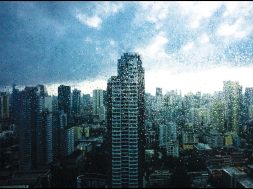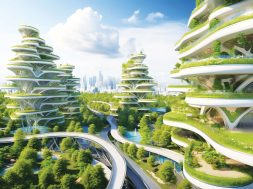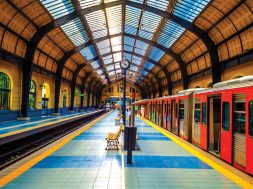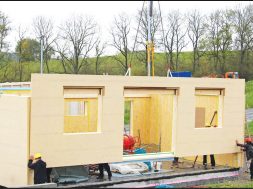Building a rain-resilient structure
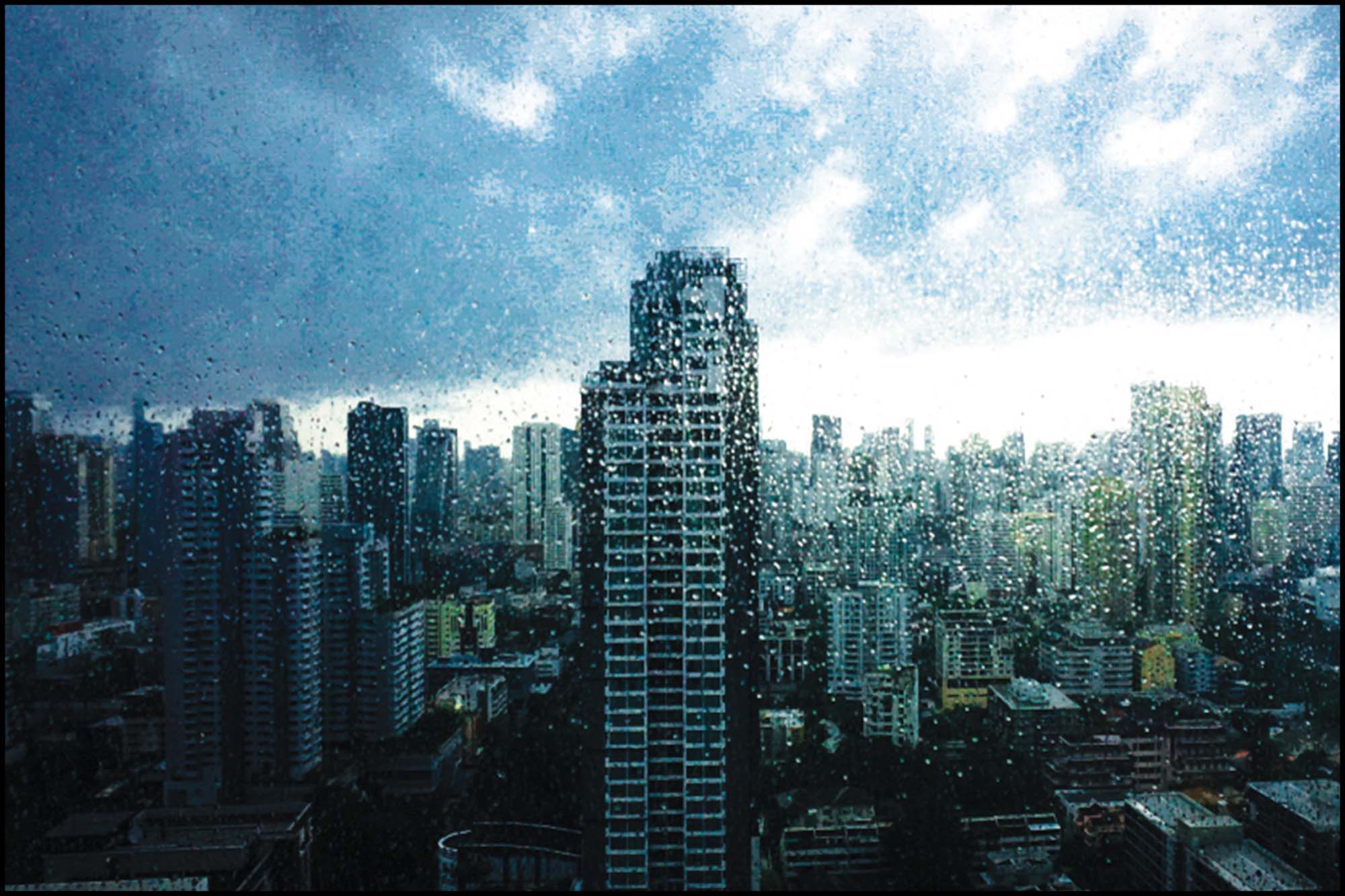
Industry experts and architects have shared their insights, elaborating on the challenges posed by the monsoon and the preferable building materials to optimise repairs and replacements.
As the monsoon season approaches, it provides much relief from the intense heat of summer. Yet, as the refreshing rains cool down temperatures, they also signal the need for homeowners to prepare and weatherproof their homes. India’s tropical climate influences various aspects of life, from agricultural practices, construction, infrastructure and water management to cultural traditions and daily routines. monsoon is a season that drives growth around us but also has the power to create devastation. When it comes to building and construction, the monsoon is crucial, as it becomes essential to choose the best materials to ensure the durability and longevity of the structure.
Optimisation of building materials
In response to the challenges posed by heavy rains and extreme weather events, many innovative technologies and design strategies have emerged to develop building resilience, durability and design strategies. During monsoon season, the integrity of cement and concrete structures is threatened by heavy rainfall, which can alter the water-cement ratio necessary for proper hardening. Research indicates that sudden water exposure weakens concrete, leading to potential crumbling and scaling issues, reducing longevity and strength. Aerated autoclaved concrete (AAC) blocks emerge as a superior solution to combat moisture-related challenges. With a cellular structure resistant to water penetration, AAC blocks offer heightened durability and longevity, making them an ideal choice for construction projects in humid or rainy environments.
Manufacturers are developing advanced building materials such as self-healing concrete and carbon fibre-reinforced polymers, while waterproofing systems, green roofing solutions, and flood-resistant design principles offer adequate protection against moisture infiltration and flooding. Climate-responsive design strategies and modular construction methods optimise natural ventilation, daylighting, and structural integrity. At the same time, digital tools and Building Information Modelling (BIM) enable architects and engineers to simulate and analyse building performance under various weather conditions. These advancements represent a concerted effort to adapt to the impacts of climate change and ensure the safety and longevity of built environments in the face of increasingly unpredictable weather patterns.
Ar. Gaurav Pathak, Co-Founder of Design21, believes in having a clear plan to deal with building challenges during the monsoon season. Establishing a structured system, introducing methods, and ensuring they’re followed by educating contractors and consultants are crucial—similarly, Ar. Roshni Udyavar Yehuda, CEO of RUA Ecospaces, suggests that quality construction is prominent for building resilience. She advocates, “Water-repelling finishes and paints prevent water absorption, while pre-made filters aid in rainwater use, and porous concrete helps water drain into the ground.”
Parallel to the above discussion, Waterproofing Consultant Jidnyasa Kulkarni of Concept Consultant proposes numerous materials like polypropylene, HDP, acrylic, and polyurethane that resist monsoons. However, the materials differ when considering the structure and the surrounding conditions. In regards to the interiors of the building, Chhaya Sharma, Director of Design Artec, highlights the importance of considering seasonal challenges when devising high-end residential designs, particularly with the monsoon season approaching. She advocates for natural stone like marble or granite, engineered hardwood, high-grade laminate, luxury vinyl flooring, moulded acrylic surfaces, and weather-resistant fabrics for upholstery and drapery, all designed to withstand extreme weather conditions while maintaining sophistication and functionality.
To avoid future repairs and replacements of the building, Jidnyasa advises an approach that involves meticulous assessment of potential leakage points and vulnerabilities ahead of the monsoon season. By thoroughly inspecting structures, including walls, terraces, windows, and other susceptible areas, she states that promptly identifying and addressing the cracks, waterlogging, and other issues will ensure long-term structural integrity and minimise maintenance requirements.
Design aspect
While designing outdoor spaces to manage surface water runoff and promote infiltration during the monsoon season, one needs to evaluate the site to understand its landscape and drainage patterns and integrate penetrable surfaces like porous paving materials to encourage groundwater recharge. The following solution shall help manage the flow of surface water: incorporation of green infrastructure such as rain gardens and bioswales for slowing water flow and capturing pollutants, implementation of rainwater harvesting systems to alleviate pressure on stormwater systems, inclusion of retention and detention basins to control runoff volume, and deployment of erosion control measures like geotextiles and retaining walls to stabilise soil. By carefully considering these factors and employing appropriate design strategies, outdoor spaces can effectively reduce the risk of flooding and soil erosion while promoting sustainable water management practices during the monsoon season.
Role of Fenestration
Fenestration is crucial for ensuring that structures withstand heavy monsoon rains. Effective fenestration design includes drip edges, seals, and overhangs that prevent rainwater from seeping into the building’s interior, which eventually helps maintain a dry and comfortable indoor environment during storms. Additionally, strategically placed windows and openings facilitate natural ventilation and airflow, which are essential for managing humidity levels during the humid monsoon season and preventing mould growth. A well-designed window shall maximise natural daylighting while minimising solar heat gain, reducing energy consumption for lighting and cooling. Low-quality doors and windows are more likely to experience operational issues such as sticking, jamming, or difficulty opening and closing. This can inconvenience occupants and compromise their safety and security, especially during emergencies when quick access or egress is essential. Aesthetic considerations are also important, with fenestration choices contributing to the overall appearance of the building and its integration with the surrounding landscape. By incorporating these factors into fenestration design, architects and builders can create monsoon-resistant structures that prioritise occupant comfort, energy efficiency, and resilience against extreme weather conditions.
26
Cookie Consent
We use cookies to personalize your experience. By continuing to visit this website you agree to our Terms & Conditions, Privacy Policy and Cookie Policy.
